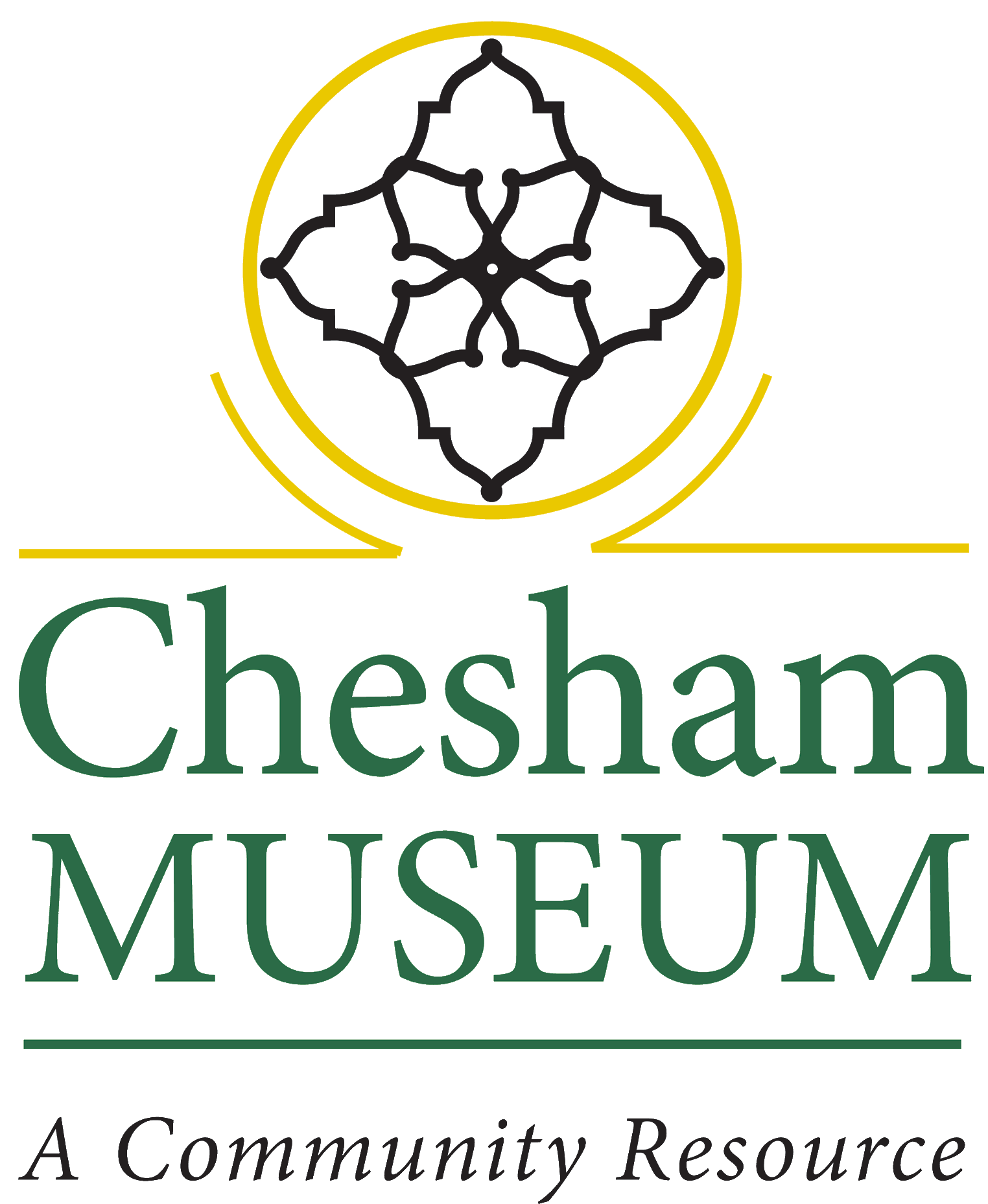The story of United Reformed Church at Chesham

In 2022, Chesham URC marked the 50th anniversary of the United Reformed Church, with a special service on Sunday October 2nd followed by lunch and a history quiz. This the story of why it happened…
Origins of the United Reformed Church
The origins of the forerunners of the URC go back to the 17th century. After King Charles II came to the throne in 1660, Parliament started to reverse the changes that Oliver Cromwell had made to the Church of England, for example bishops, choirs and robes, which had been abolished, were re-introduced.
In 1662, Parliament enacted the Act of Uniformity, when the Book of Common Prayer and the 39 Articles of the Church of England became law.
Those ministers, mainly Puritans, who refused to go along with these, were expelled from the Anglican Church. This was called the Great Ejection.
However, many of these ministers were very popular and when they left they formed new independent congregations with those who followed them.
These new groups were known as Presbyterians, Independents or Congregationalists, which were all terms used at different times for the same church in Chesham.
Non-conformists
These people who could not conform to the rules of the Church of England, were called non-conformists.
In 1689, the Toleration Act allowed for non-conformists to meet, so long as they registered their place of worship. These registrations are helpful to establish the histories of religious groups, often giving their names and locations.
This Act allowed non-conformists to build their own places of worship, which were usually called meeting houses or chapels.
Origins in Chesham
By 1700 there was a separate Presbyterian congregation of about ten families in Chesham. They met at someone’s house. In 1712, it was led by Rev Isaac Robinson and they met at his house, which was registered as the meeting place in 1713. In 1723, Rev William King came to Chesham as their pastor following Isaac Robinson’s death.
From 1725 to 1740 William King also ran a boarding school for children of non-conformist families, which was the first school in Chesham. Up to 1724, the church people met in houses, but then they bought some land and built their own church building, called a chapel, and it was registered as a place of worship in 1725. It was known as Chesham High Street Independent Chapel, and there has been a church building on that site on the Broadway ever since.
Rev Thomas Spooner
One notable minister, Rev Thomas Spooner, was pastor from 1748. He was a scholar of biblical Hebrew, and in 1771 he published “A Decade of Sermons Preached in Chesham in Buckinghamshire”.
He was a friend of Rev John Wesley who visited him in Chesham in 1769, and then again through the 1770s. Wesley would usually ride from High Wycombe, and then stay with the Rev Thomas Spooner, at High House, (now 77) High Street, Chesham and preach at his chapel, before going onto London, because the Chesham Methodist meeting house was too small.
When Spooner died in 1779 he left some land at the back of the chapel for a graveyard, and the burial register starts that year.
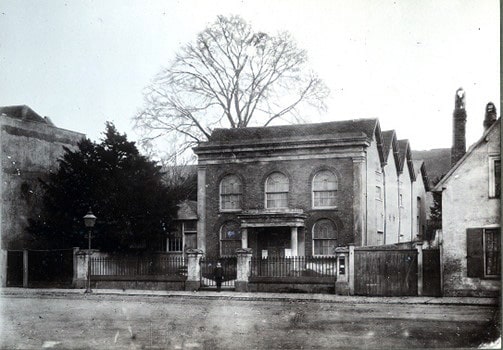
Meeting House
Chesham Independent Chapel was extended in 1820, and registered for weddings in 1837. In the 1830s the Chesham Independent church joined the new Congregational Union of England and Wales, and became known as Chesham Congregational church.
The chapel was extended in 1863, and repaired in 1874, but in the 1880s was felt to be no longer fit for purpose. In 1885, it was pulled down, and a foundation stone for a new building was laid on June 24, 1885. The stone reads “Jesus Christ himself being the chief cornerstone”.
The new chapel built with local brick and knapped flint was officially opened on April 19, 1886.
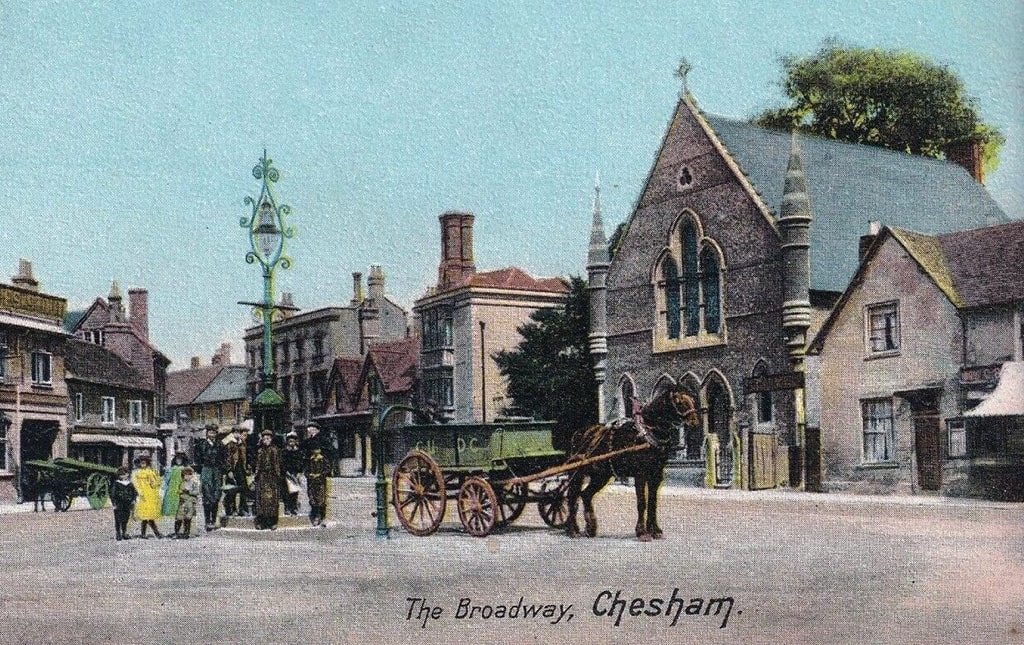
Branches
From 1817, the church worked with the Baptists to form a congregation at Bellingdon, and from 1833 they worked with the Baptists to start a congregation at Chartridge.
In 1856, the church established Asheridge Congregational Mission, where a chapel was built in 1890, which closed down in 1948.
In 1936 they opened the Friendship Hall off Lyndhurst Road on the new Pond Park housing estate of Chesham. This started as Pond Park Congregational Church, which became Hivings Free Church, and is now called Hope Church.
United Reformed Church (URC)
On October 5, 1972 the United Reformed Church was formed as a new Christian denomination from the amalgamation of the Congregational Union of England and Wales, and the Presbyterian Church of England.
Reformed is a term which refers to church traditions which stem from the Protestant Reformation. So when these united they called it the United Reformed Church.
Since 1972 Chesham Congregational Church has been called Chesham United Reformed Church (URC), although it was the same people – just a change of name.
In 1981, the United Reformed Church denomination was further joined by the Churches of Christ, and in 2000 by the Congregational Union of Scotland. The URC has churches throughout England, Scotland and Wales.
In 2012, the 150th anniversary of the Great Ejection of 1662 was marked by an act of reconciliation between the United Reformed Church and the Church of England at Westminster Abbey.
The URC in South Bucks
In south Bucks there are also URC churches at Beaconsfield, Burnham, Cores End (near Bourne End), Gerrards Cross, High Wycombe, Holtspur and Marlow. As well as being an ecumenical movement itself, about a third of URC churches are in further ecumenical partnerships with other denominations. Locally, Amersham Free Church and Wendover Free Church are both Baptist and URC.
In 1977, the Methodist and URC churches in Chalfont St Giles combined to form Deansway United Church. In 2003, Fairford Leys Church in Aylesbury was created as a new ecumenical church established jointly by the URC, Methodist and Anglican denominations.
Chesham URC today
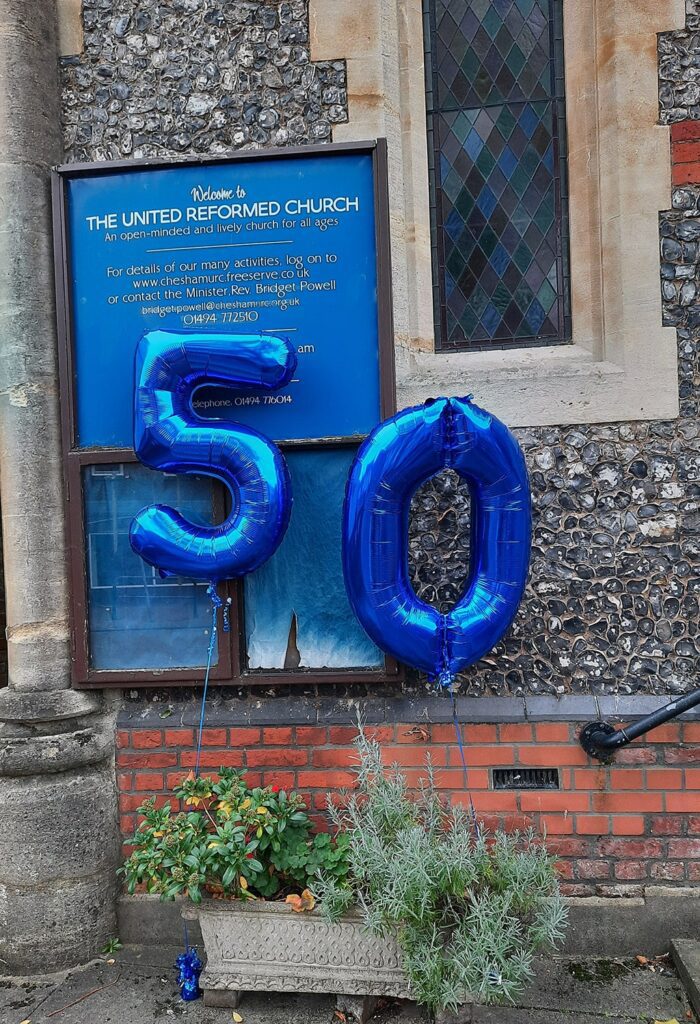
In 2013 Chesham URC church building was re-opened after redevelopment and modernisation, which included a new kitchen, and the pews replaced by comfortable seats.
Recently numbers have increased with former members of Trinity Baptist church in Chesham, who joined after their congregation closed.
Services at Chesham URC are held every Sunday at 10:45 a.m. All are welcome.
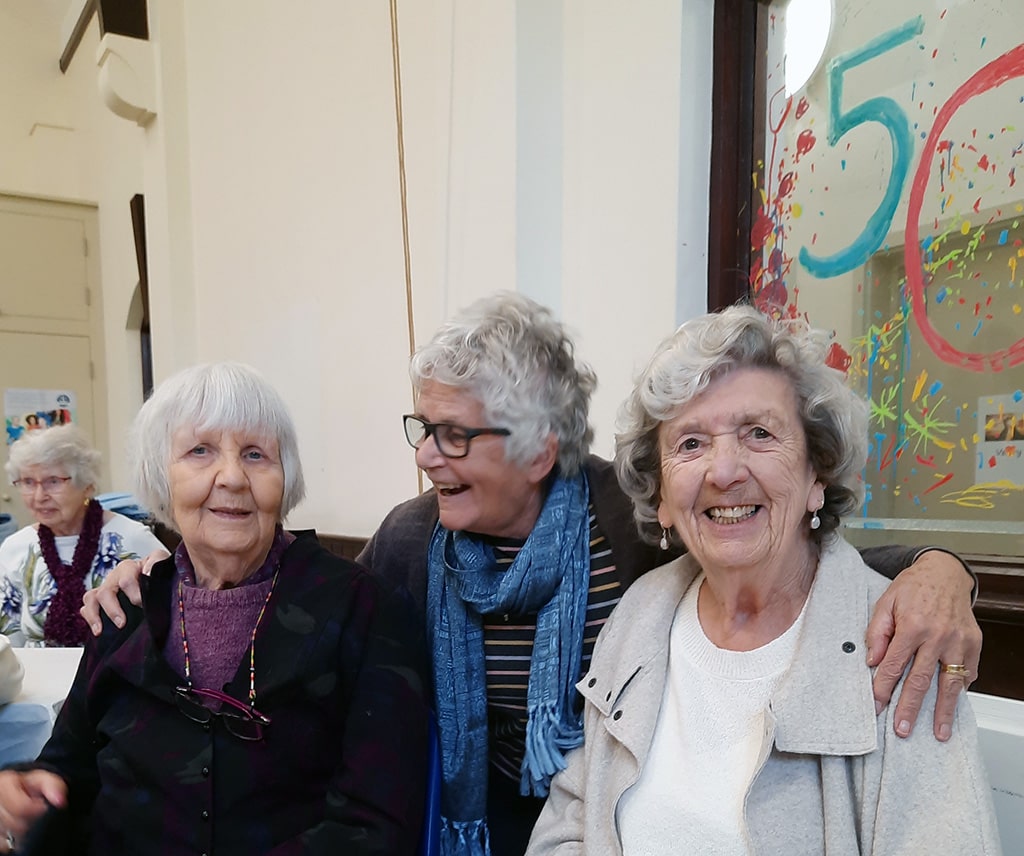
This article is a slightly modified form of one which first appeared in Nostalgia section of the Amersham and Chesham edition of the Bucks Free Press, on 25th October 2022.
You can learn more about faith and beliefs in Chesham in our online collection.
